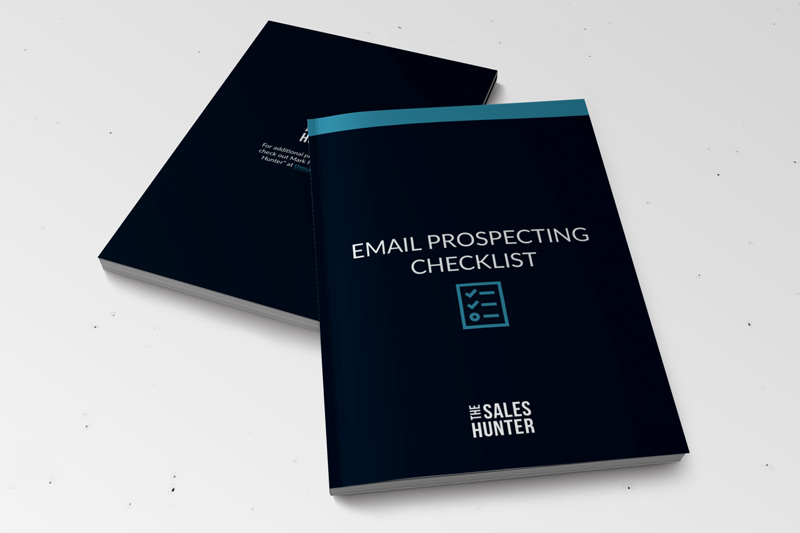The prospect agrees to take your meeting, and they even agree to your demo call. Both indicate that they are going to make decision quickly. Then, it’s time for you to close the deal and boom! You get hit hard as this new favorite customer tells you that they have to take it to others to get an approval to buy. Suddenly, the potential to make your quarterly number is going up in smoke!
Find out more about how to sell to multiple decision makers in my video below:
You can’t be in sales long before dealing with this issue. Sadly, this all could’ve been avoided. It’s not hard. The solution lies not in being more forceful with how you close, but rather, being more open with how you prospect.
Customers have egos. No surprise there, but too many salespeople don’t know how to leverage it. That’s the real problem. Your goal is to build on the customer’s ego in the prospecting phase and not when you’re trying to close the deal. When you’re in the prospecting phase, the customer will comment more openly with you. This is the phase when you ask the following questions:
- How have you typically made decisions like this in the past?
- Who else do you think would have some ideas on what we’re talking about?
Both of these questions are excellent. Why? Because they’re non-threatening to anyone, other than Attila the Hun or Julius Caesar. These questions help you discover early if there are others who may come into the picture late in the buying process. If you don’t ask, why should the prospect tell you?
When you ask these questions, you’re listening for other names and for the prospect to mention something about a timeline. You’re listening for clues. Whatever their response, ask a follow up question. In the prospecting phase, follow up questions work so well for two reasons. First, you get answers to key information during a non-threatening period of the sales process. If you wait until you’re trying to close to ask these questions, you run the risk of the customer leveraging their response as a negotiating tactic. The second reason I like asking this question early on is how much it helps create trust between you and the customer.
When you fail to ask these two questions early on, you allow the prospect to be in control. For the prospect who is used to taking all of their buying decision to a committee or someone else, it’s normal. For you, on the other hand, that’s anything but normal. It’s a problem. When the prospect has to involve others, your position suddenly weakens. Sure, you can ask to be part of the discussion with the new buyer. Typically that doesn’t happen, though. If you fail to know from the beginning, a lot of your selling process becomes no better than watered down soup.
If you’re going to sell, you need to know your audience. If you’re having to sell to an intermediary and you can’t get around that, your focus should be on prepping the intermediary to do their job. When you know what you’re facing, you know how to move forward. More importantly, when you know what you’re facing, you won’t be surprised when closing the deal.
If you missed the first parts of this “How Can I Tell If I Have Qualified Prospects” series, be sure to check out the blog posts and videos below:
Blog Post and Video: Week 1: How Can I Tell If I Have Qualified Prospects or Just Bad Leads?
Blog Post and Video: Week 2: Confidential Information
Blog Post and Video: Week 3: Knowing the Customer’s Timeline to Buy
Blog Post and Video: Week 4: Does Your Call to Action Engage the Prospect?
As I continue to share on this topic of prospecting, I suggest you take 2 important action steps. First, buy my book, High-Profit Prospecting – available in paperback, audio book and Kindle. Second, join my High Profit Sales Coaching program. I promise both will yield valuable results for you and your business.
Copyright 2019, Mark Hunter “The Sales Hunter” Sales Motivation Blog. Mark Hunter is the author of High-Profit Prospecting: Powerful Strategies to Find the Best Leads and Drive Breakthrough Sales Result












